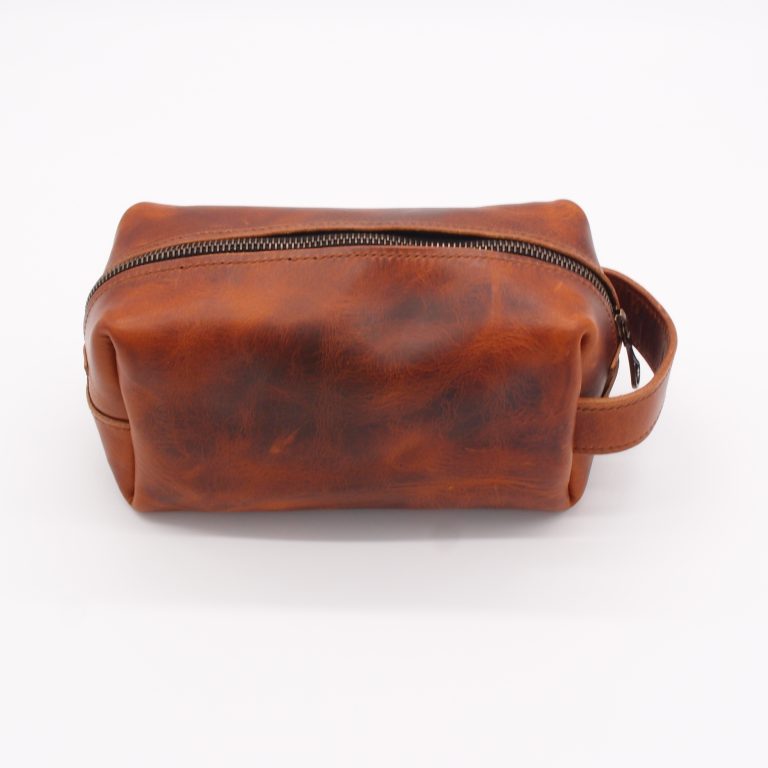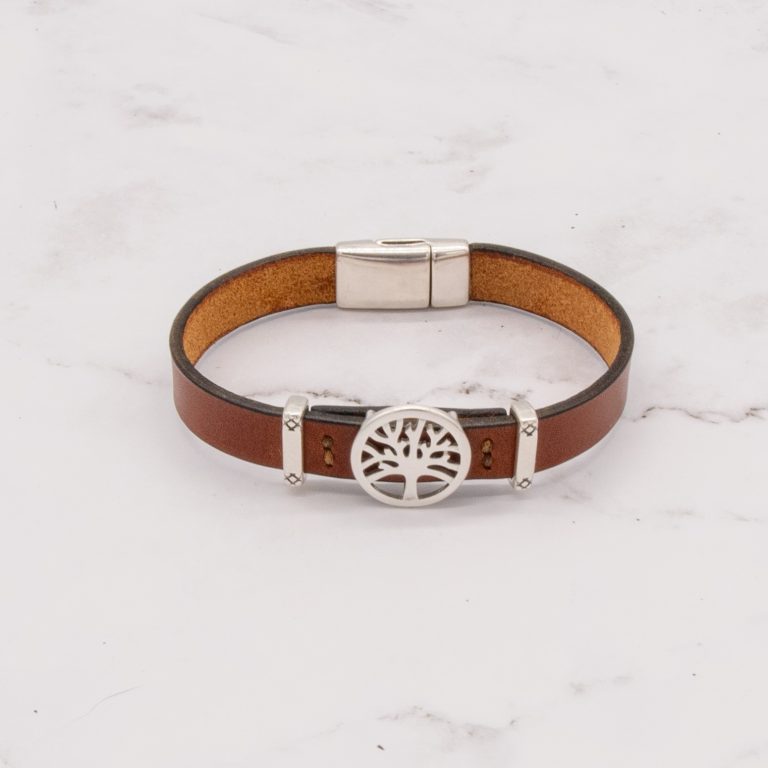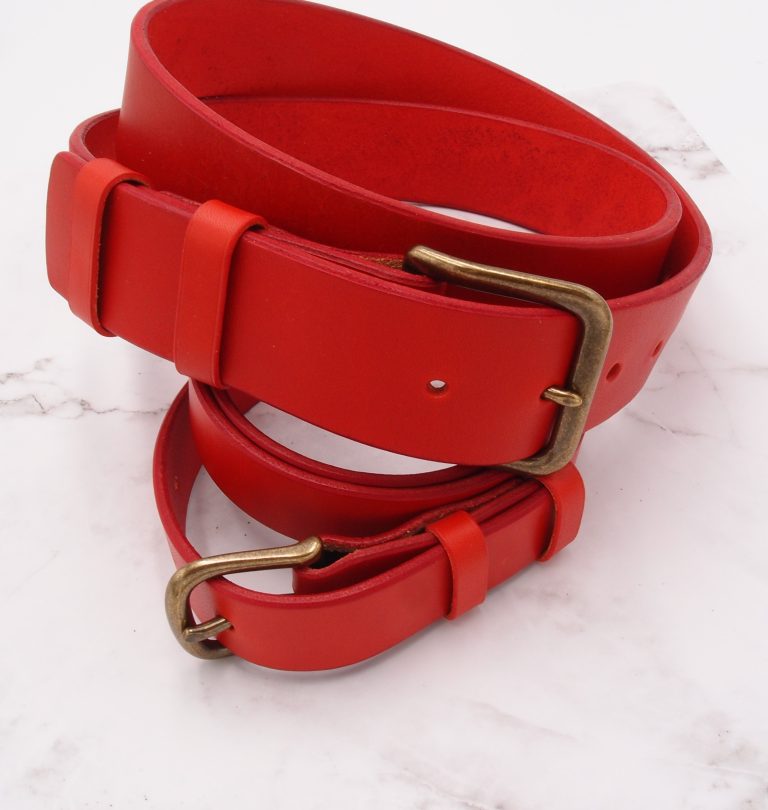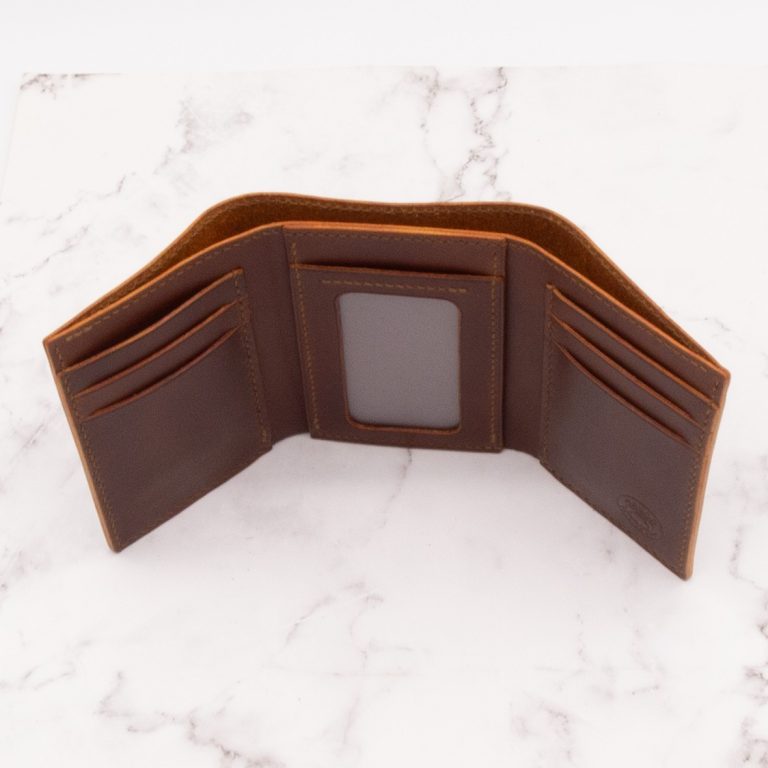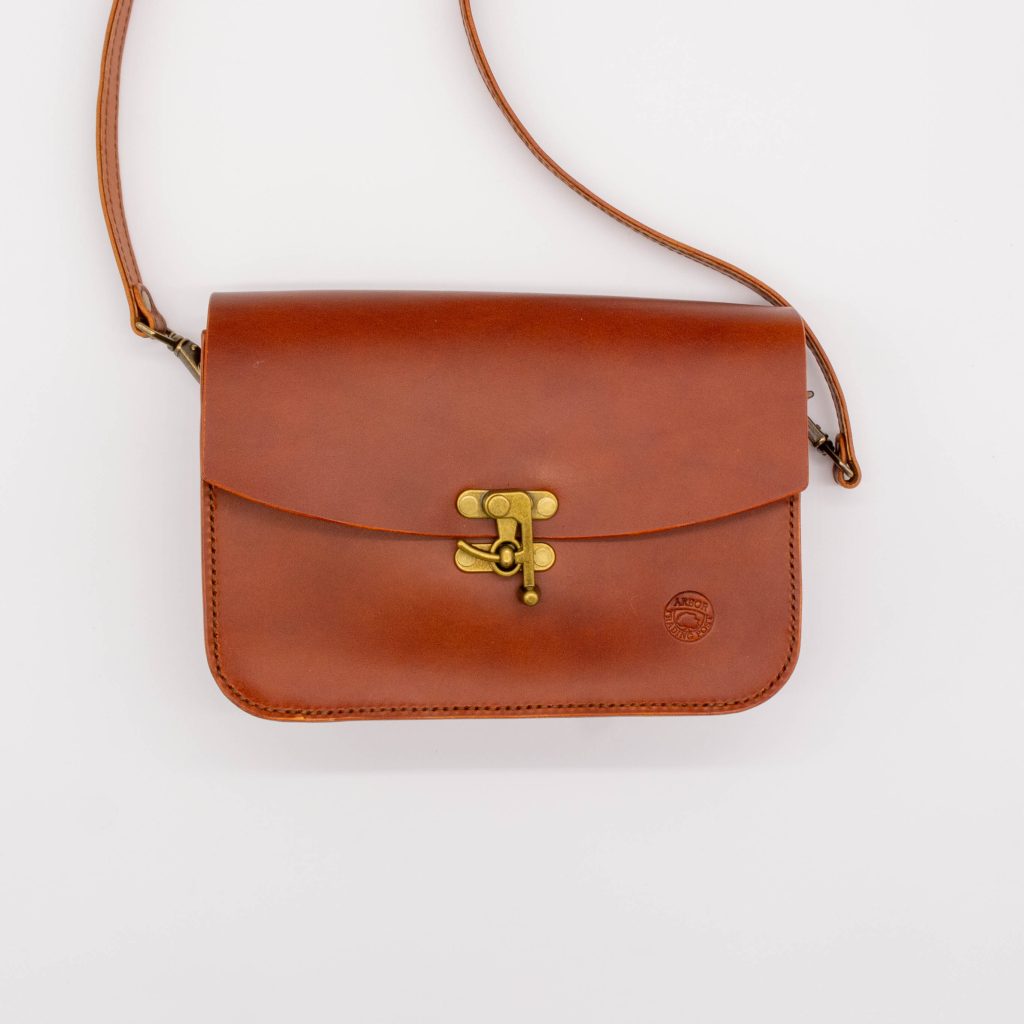
One of the most asked questions I received from my customers is how to care for the leather products they just purchased. In this article, we will discuss key points in maintaining the elegance and longevity of your premium leather goods. Leather, an emblem of luxury and durability, requires a thoughtful approach to ensure it ages gracefully. Let’s explore the art and practice of leather care and maintenance.
Understanding Your Leather
Before diving into care techniques, it’s crucial to understand your leather. Each piece, whether it’s a handcrafted wallet, a bespoke handbag, or a pair of custom-made shoes, tells its unique story through the type of leather used. Full-grain leather, known for its durability and ability to develop a rich patina over time, differs significantly from softer, more delicate leathers like suede or nubuck.
The Low Maintenance of Full-Grain Leather
At Arbor Trading Post, we exclusively use full-grain leather from reputable tanneries. The first thing I tell my customers is that each piece is built to last a lifetime and does not require excessive care.
Full-grain leather, recognized for its top-notch quality, stands out in its minimal maintenance needs. This premium leather type, celebrated for retaining the entire grain of the hide, boasts a robustness that is unparalleled. It is naturally resistant to wear and tear, making it a preferred choice for items that are used frequently. The inherent strength of full-grain leather means that it requires less frequent conditioning compared to other leather types and is more forgiving of the occasional scuff or scratch, which often blends into its characterful patina over time. For instance, your leather wallet that is used in normal climate usually does not need any conditioning for the first 10 years of its life. But a leather bag exposed to harsh weather every day will show signs of drying out after one year, and thus needs some conditioning.
Routine Cleaning: The First Step
Regular cleaning is paramount in leather care. With that being said, how often you clean your leather goods depends on how they are used and exposed to elements. A wallet that is kept in your pocket rarely needs cleaning. Leather boots that just spent a long day in snow and slush with you would require much more attention.
Begin your cleaning by gently wiping your leather items with a soft, dry cloth to remove surface dust. For items stained with mud or stains, you may wipe it with a damp cloth. For a deeper clean, use a specially formulated leather cleaner that respects the pH balance of the leather, ensuring it doesn’t dry out or crack. Choose a leather cleaner from reputable brands with established history. A good leather cleaner is not expensive. Always test a small, inconspicuous area first before applying it to the entire surface.
Conditioning: Nourishing Your Leather
Conditioners hydrate the leather, preventing it from drying and cracking while enhancing its natural luster. Apply a conditioner every few months if you see signs of drying leather. But be wary of over-conditioning, which can make the leather overly soft and susceptible to damage. Just as with the leather cleaner, look for leather conditioner from reputable brands that are specialized in leather care. Some conditioners may darken the colors of leather. Therefore, make sure you test any conditioner in a small area before applying it to the whole piece.
Storing with Care
Proper storage is as important as cleaning and conditioning. Store your leather goods in a cool, dry place away from direct sunlight, which can fade and dry out the leather. For items like bags and shoes, use dust bags and shoe trees to maintain their shape and protect them from dust and moisture.
Dealing with Spills and Stains
Accidents happen, but they don’t have to be disastrous. Blot spills immediately with a clean cloth, avoiding rubbing, which can push the spill deeper into the leather. Some light stains can be cleaned away by using saddle soap, which is designed to clean and condition leather. For stubborn stains on delicate leather, it’s best to consult a professional leather cleaner to avoid risking further damage.
Avoiding Common Mistakes
Lastly, be mindful of common leather care mistakes. Avoid using harsh chemicals, household cleaners, or sharp objects on your leather. Keep leather away from prolonged exposure to water, which can stain and warp the material.
Embracing the Patina
One of the most beautiful aspects of high-quality leather is its ability to develop a patina over time – a testament to its natural aging process. Embrace these changes, which add character and tell a story of the journeys you and your leather have shared.
With the right methods and a bit of patience, your leather pieces can last a lifetime, growing more beautiful with each passing year. In the world of premium leather, every scratch, fold, and patina marks a chapter in its unique story – a story that you have the privilege to shape and preserve.

